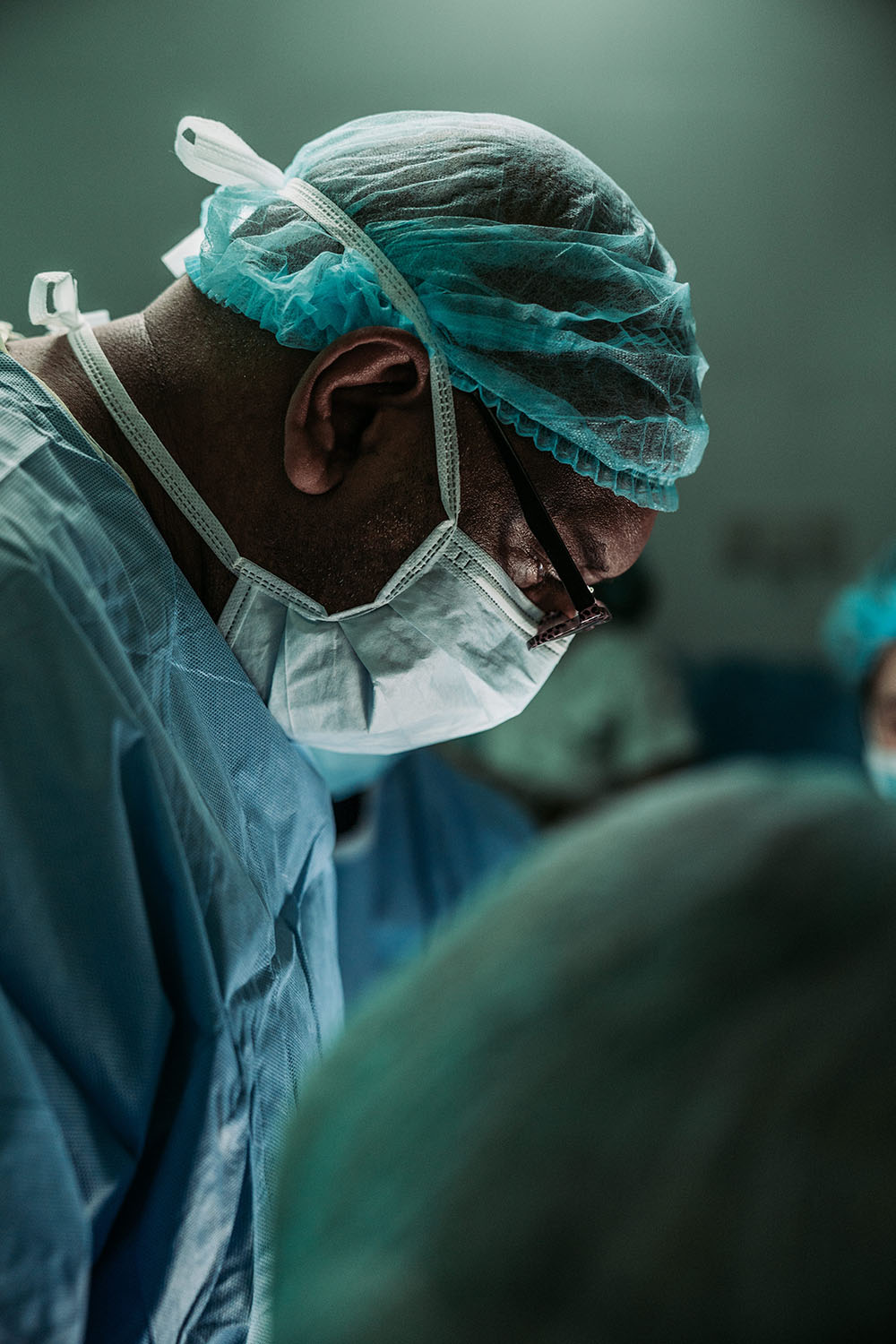Technological developments have driven so much change in all aspects of daily lives, particularly in the last few decades. A prominent area of change is within healthcare, where new computerized innovations, such as image guided surgery systems, sit alongside clinical research breakthroughs to literally make the difference between life and death. Image guided surgery systems have become so advanced that they are making inoperable procedures a reality and saving lives in the process.
The expanded role of image guided surgery systems has been on the cards for a long time, with researchers forecasting it as far back as 2000. Because they allow for a safer and less invasive form of surgery – with the image guided surgery system doing much of the exploratory work – these systems have become the new standard of care in managing cranial, otorhinolaryngology, spine, orthopaedic and cardiovascular disorders.
How do image guided surgery systems work?
Image guided surgery systems help surgeons visualize procedures, watching them unfold in real-time and aiding them in any exploratory and invasive work. It has notable safety benefits for routine and complex procedures in the notoriously risky area of spinal surgery, and rapid advances in the technology are meaning reduced invasiveness, shorter procedures, smaller, more accurate incisions and more definitive location of unhealthy tissue.

Some image guided surgery systems work like a GPS tracking system, using a combination of hardware and software to draw up a vivid surgical image that helps guide the surgeon through the procedure. Common surgical tasks such as the sizing and placement of screws, or the insertion of implants, are made much easier to perform with a higher degree of safety.
It is common for full anatomy images to be displayed on an adjoining computer screen during the surgery, with many of these images now available in 3D for greater accuracy. In the spirit of the best virtual reality programs, image guided surgery systems can see and track the precise use of surgical tools, at the same time keeping a clear account of the progress of the surgery. The navigation technology can also be installed in an overhead surgical light, which means there is no concern over the line of sight of the surgical staff being blocked. It is also possible to give the surgeon control over the software through a foot pedal, which keeps the hands free for important surgical work and removes the possibility of extra distractions or obstruction.
The risks of image guided surgery systems
As with all clinical procedures, there are risks in image guided surgery systems. As studies have pointed out, doctors are no longer seen as infallible and patients commonly sue their clinicians for perceived errors and undesirable outcomes. Medicolegal experts have warned that the use of increasingly advanced technology, particularly where it plays a growing role in the active performance of the procedure, is no sound replacement for the judgment and insight of the qualified healthcare professional.
Clinicians should ensure they are aware of the indemnity and insurance arrangements of any image guided surgery systems they use, as their own individual cover is unlikely to extend to problems arising from the software or hardware. While product liability would mean the manufacturer remains liable for any errors arising from a malfunction, the clinician is also expected to demonstrate appropriate training on the use of the equipment. It must also have been properly serviced and maintained.
Image guided surgery systems are widely used
Nevertheless, despite the often complex liability issues associated with image guided surgery systems, the technology is proving enormously popular around the world. The global market value of image guided surgery systems is estimated to reach just under US$5 billion by 2025, a significant jump from its 2016 market value of just over US$3bn.
While growing demand for the overall effectiveness of this technology has largely driven this demand, market analysts have also cited the growing complexity of neurological conditions and the growing shift towards augmented reality and robotics technology as potentially unlocking further growth in image guided surgery systems.
Why technology in healthcare matters
Image guided surgery systems look set to play a key role in the ongoing spread of technological innovations in healthcare. From new developments in communication and the growth in artificial intelligence, to apps that collate vital healthcare advice for patients, there is little doubt that computerized healthcare solutions will continue to sit alongside pharmaceutical and clinical developments in ensuring faster and safer healthcare for everyone.